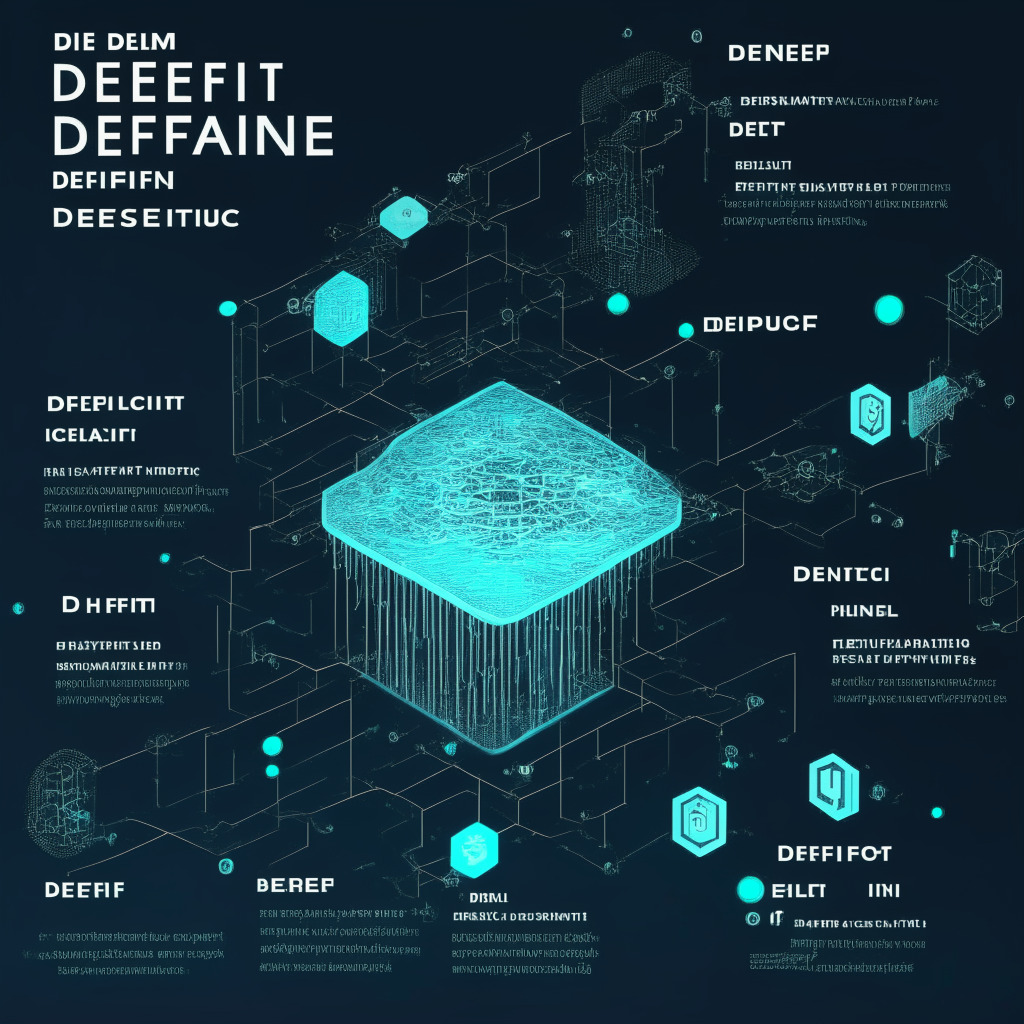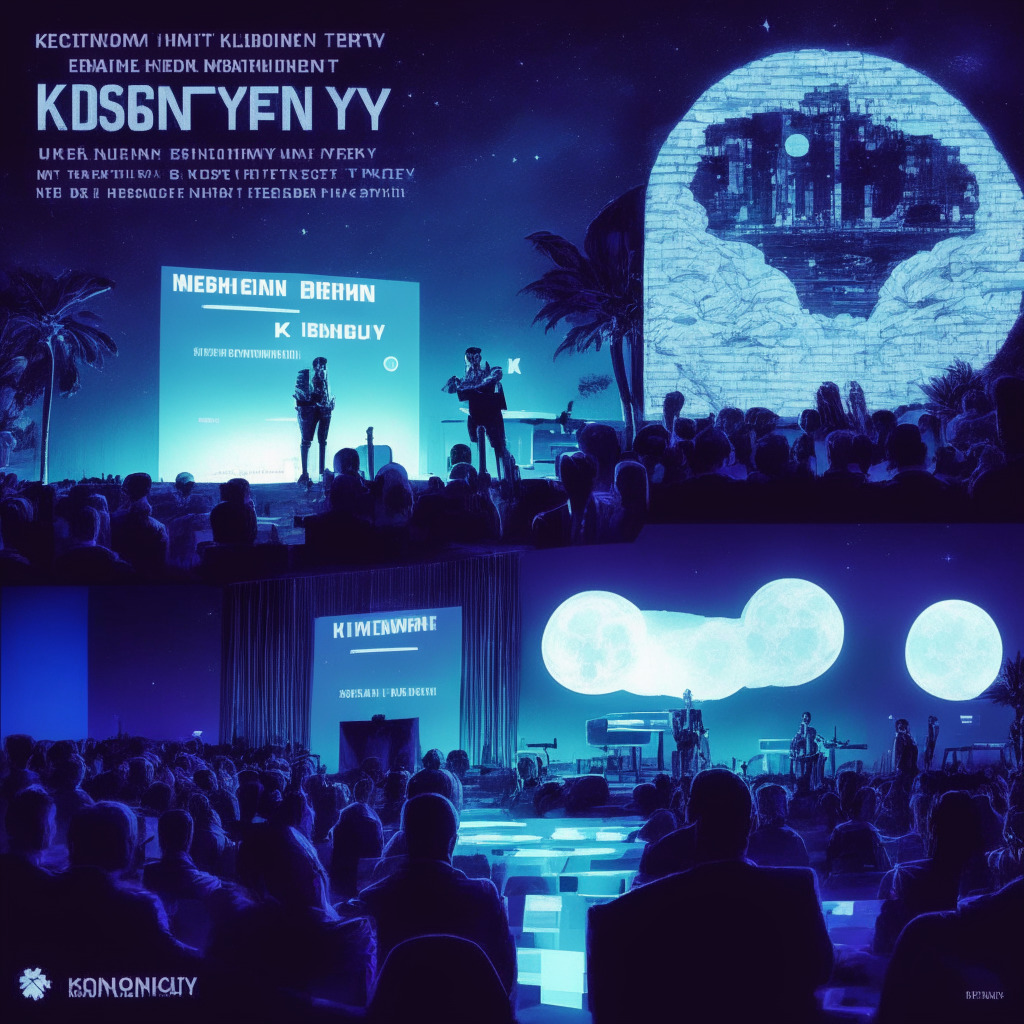The renowned artificial intelligence (AI) chatbot, known as ChatGPT, has seen its user traffic decrease globally for the third month in a row in August. The information is according to the data amalgamated from an analytics company, Simliarweb. In August, traffic from both desktop and mobile users to OpenAI’s ChatGPT decreased by 3.2%, accumulating to a total user visit count of 1.43 billion users worldwide.
This statistic is following the 10% drop in traffic the chatbot experienced during the previous two months. Along with the reduced number of visits, the time spent by users on the site also fell slightly; declining from 8.7 minutes to 7 minutes in the month of August. Notwithstanding this tapering, the number of visits from users based in the United States started to show signs of growth in August, with an increase of 0.4%.
David F. Carr, Senior Insights Manager at SimilarWeb, suggests that the fluctuation in user traffic might be ascribed to seasonal variations like summer breaks when university students are less likely to utilize such platforms. Supporting Carr’s theory are stats showing a drop in the 18-24 age group users of ChatGPT during the summer months, both in the U.S. and worldwide.
A separate survey by Intelligent.com also breathtakingly reveals that almost one-third of the students in the survey admit to using ChatGPT for their school-related work.
At the same time, the same user traffic data shows an inconsistent picture: the unique visitors to the site, which had dropped during June and July, increased by 3% in the U.S., and by 0.3% worldwide in August. This data contradiction could raise questions about the actual age demographic of ChatGPT users and their varying motivations to use such AI chatbots.
While AI chatbots like ChatGPT are generally celebrated for their usefulness and accessibility in various sectors, especially in academics, the lack of stringent rules and regulations concerning the use of such AI tools in a formal academic setting still remains an area of concern. For example, Japan’s Ministry of Education has already expressed its intention to allow limited use of AI tools in educational institutions, affirming the need for an international consensus on this contentious issue.
In conclusion, while it is yet to be seen how worldwide institutes will navigate and control the use of AI tools in formal education settings, it is evident that notwithstanding the decrease in user traffic, AI chatbots are proving to be increasingly beneficial in varied sectors including, prominently, academics.
Source: Cointelegraph




